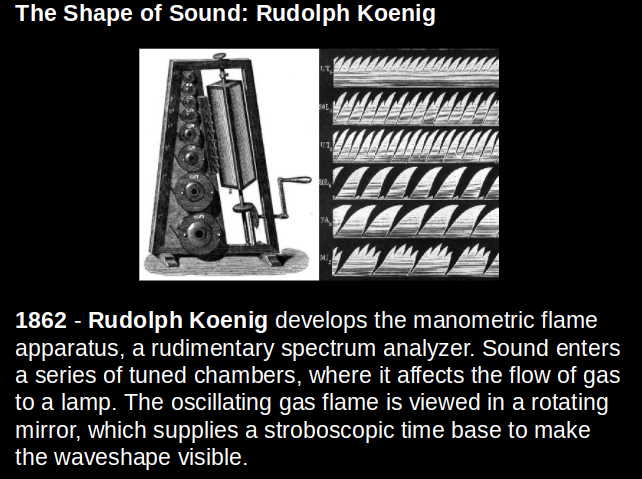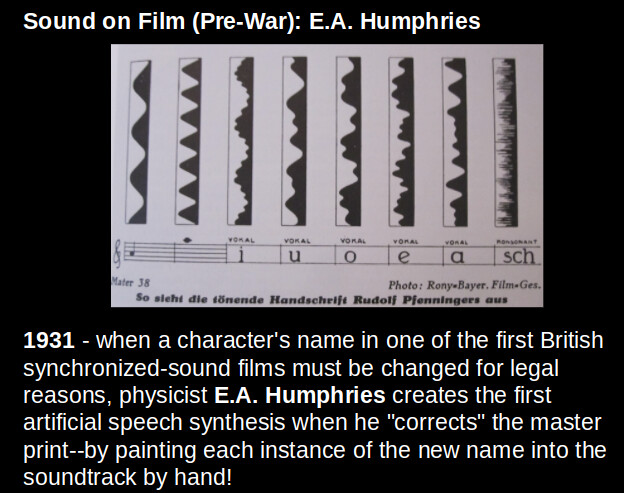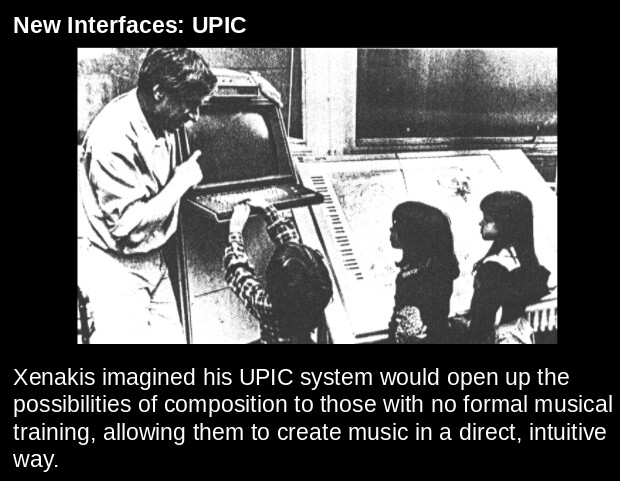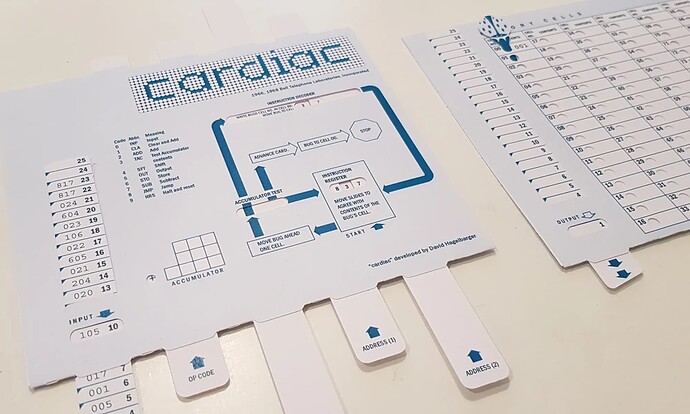I’m sad I’ve missed that thread, here’s a few things I’ve learnt since 
I hope you don’t mind me reviving this old thread.
Color Computer
Non-electronic computers that work when you color them according to a simple set of rules. The booklet contains three series of computers: computers that compare, computers that count, and computers that play. From a technical standpoint they are all NOR-based logic circuits designed by using truth tables, karnaugh maps, and maxterm expansions.
From a social, political, and environmental perspective, these computers are an exploration of computation without electricity and semiconductors, an attempt to reinvent digital systems away from efficiency and productivity, and a hopeful prototype to expose the inner workings of computers.~

Nomograms
A nomogram is a graphical calculating device, a two-dimensional diagram designed to allow the approximate graphical computation of a function. Each variable is marked along a scale, and a line drawn through known scale values (or a straightedge placed across them) will cross the value of the unknown variable on its scale.
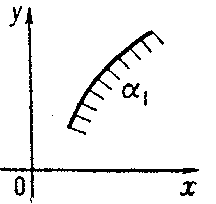
Visual Multiplication
The stick method of multiplication involves properly placing and crossing sticks. You simply lay out sticks consistent with the place values of the digits being multiplied. Then, you count the places where the sticks cross.
Example: 62 x 21 = 1302

Lattice Multiplication
Lattice multiplication is a method of multiplication that uses a lattice to multiply two multi-digit numbers.
Example: 64 x 17 = 1088

Paper Microfluidics
Fluidics is the construction of computing systems using fluids. Paper microfluidics don’t require external pumps or power sources, they can be small, portable, disposable, easy to distribute and operate, low-cost, technically simple to make, and they only need tiny amounts of sample fluid. A minimal setup can be as simple as heating the lines drawn by wax crayon on extra absorbent paper, like cellulose paper and using droplets with food colouring.
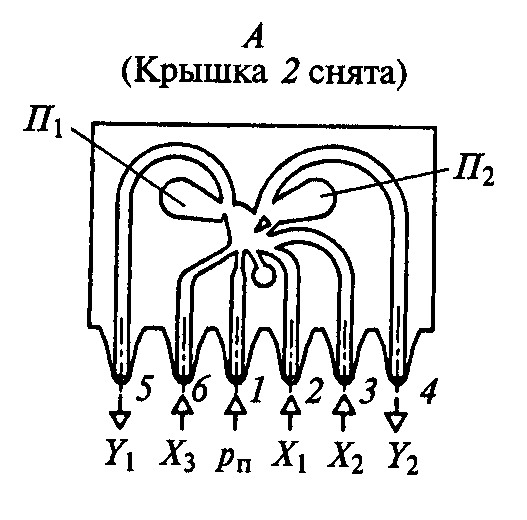
CARDIAC Instruction Set
CARDIAC (CARDboard Illustrative Aid to Computation) is a learning aid developed for Bell Telephone Laboratories in 1968 to teach high school students how computers work. The computer operates in base 10 and has 100 memory cells which can hold signed numbers from 0 to ±999. It has an instruction set of 10 instructions which allows CARDIAC to add, subtract, test, shift, input, output and jump.

Punched Cards
Punched cards would encode alphanumeric characters vertically, the IBM 12-row/80-column punched card format came to dominate the industry. It encoded 960 bits of memory.
Hex Codes
You can get 3.5 kilobytes per A4 page (font size 12pt, font Inconsolata) and OCR it with gocr at 400DPI.
24x24 ICN Sprite
 0003 6331 397b 77f8 c0f0 f7ff fff0 8003 1c7e feff 0f07 078e f860 0c07 0300 301f 071f 7cf8 f007 7fff dcc0 c000 70f8 f8b0 0f07 4143 677f 7f3e ffe3 87cf cfcf 8703 84c4 8406 0efe fcf8
0003 6331 397b 77f8 c0f0 f7ff fff0 8003 1c7e feff 0f07 078e f860 0c07 0300 301f 071f 7cf8 f007 7fff dcc0 c000 70f8 f8b0 0f07 4143 677f 7f3e ffe3 87cf cfcf 8703 84c4 8406 0efe fcf8
MICR
E-13B is a magnetic ink character recognition(MICR) code of 14 character, comprising the 10 decimal digits. Westminster is a printing and display typeface inspired by the machine-readable numbers printed on cheques. It’s akin to encoding QR code in typography.
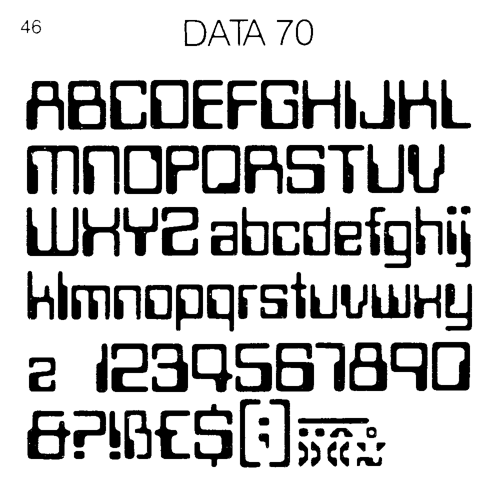
Okay, here’s one last thing
